KWON HYEWON
Transformation of Perspectives on Our Environment
ARTIST REVIEW
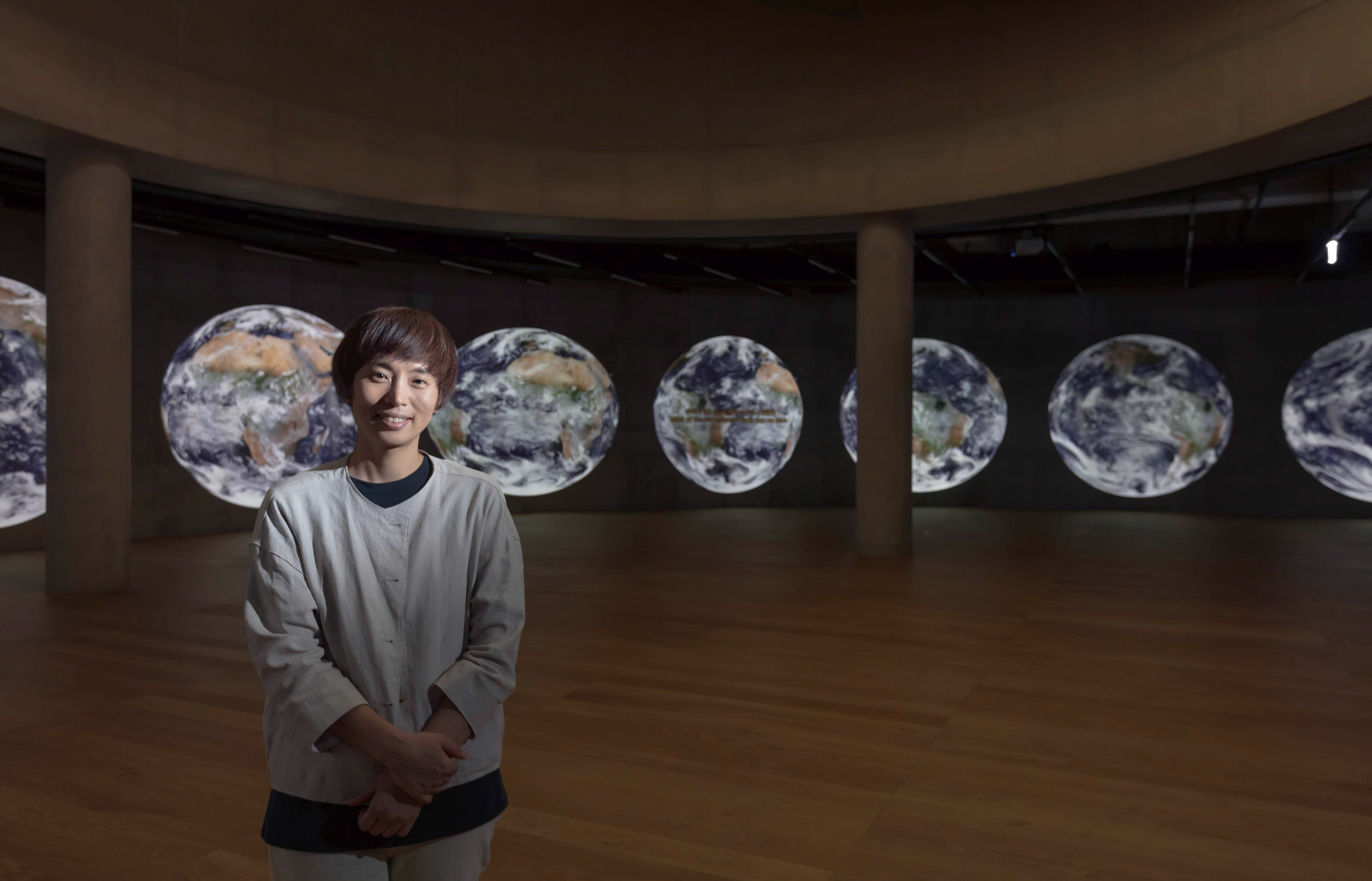
Kwon Hyewon graduated from the School of Film, TV & Multimedia at the Korea National University of Arts. She earned an MA in Media Art from the Slade School of Fine Art, University College London, and a PhD in Media Art from the University of Reading. Kwon was the recipient of the 19th SongEun Art Award (2019) and the Excellence Award at the 34th JoongAng Fine Arts Prize (2012). She was also selected as an emerging artist by the Seoul Museum of Art (2018) and as a Bloomberg New Contemporaries artist in the UK (2011). Her notable solo exhibitions include Planet Theater (SongEun, 2023) and The Manual for the Invisible Projectionist (Post Territory Ujeongguk, 2018). She has participated in several significant group exhibitions including Aqua Paradiso (Asia Culture Center, 2022), 19th SongEun Art Award Exhibition (SongEun Art Space, 2019), Common Front, Affectively (Nam June Paik Art Center, 2018), and The Arrival of New Women (National Museum of Modern and Contemporary Art Deoksugung, 2017), among others.
Transformation of Perspectives on Our Environment
Lee Yeong-ju | MMCA Curator
In the 19th SongEun Art Award Exhibition, Kwon Hyewon aimed to explore the complex network of interconnected elements surrounding the lava caves of Jeju Island in the dark. In her recent solo exhibition, Planet Theater, the artist presents different perspectives on nature, humanity, and technology through a virtual world she created, offering her unique viewpoint. The exhibition starts with the story of Sputnik 1, the first artificial satellite launched by the Soviet Union in 1957. This historical event marked the beginning of a rapid era of technological innovation, comparable to the emergence of life on Earth. Media theorist Herbert Marshall McLuhan observed that at the moment Sputnik 1 was launched, “the Earth became programmable, and this technological intervention could overturn the relationship between humans and the planet.” This highlights a shift in how we observe the Earth’s environment from an external viewpoint, beyond just the realm of environmental technology for human and industrial advancement. From this perspective, the exhibition explores into how machines observing nature could influence the evolving relationship between us and nature, prompting us to envision their potential to discover mutual creation processes in order to shape a new world.
The works in the exhibition offer consistent perspectives on humans and the environment through the medium of mechanical devices such as cameras, telescopes, sensors, artificial intelligence, satellites, and lenses. The first piece encountered in the exhibition is Green Flash Laboratory, a promotional video introducing a fictional research lab crucial to shape the artist’s worldview for the exhibition. The Green Flash is a phenomenon where the upper edge of the sun appears green at the moment it sets. Kwon draws inspiration from director Éric Rohmer in his film The Green Ray, referencing the hope of youth. This envisions the positive impact future technology might have on the relationship between us and the natural ecosystem, inspired by the fleeting beauty of the green light. The development of algorithms or Natural Language Generation (NLG) technologies, formed through the entanglement, cooperation, and collision of various non-human entities, supports the belief that these are not mere tools to be simply manipulated by human will, but could become “a great force leading a new era.”
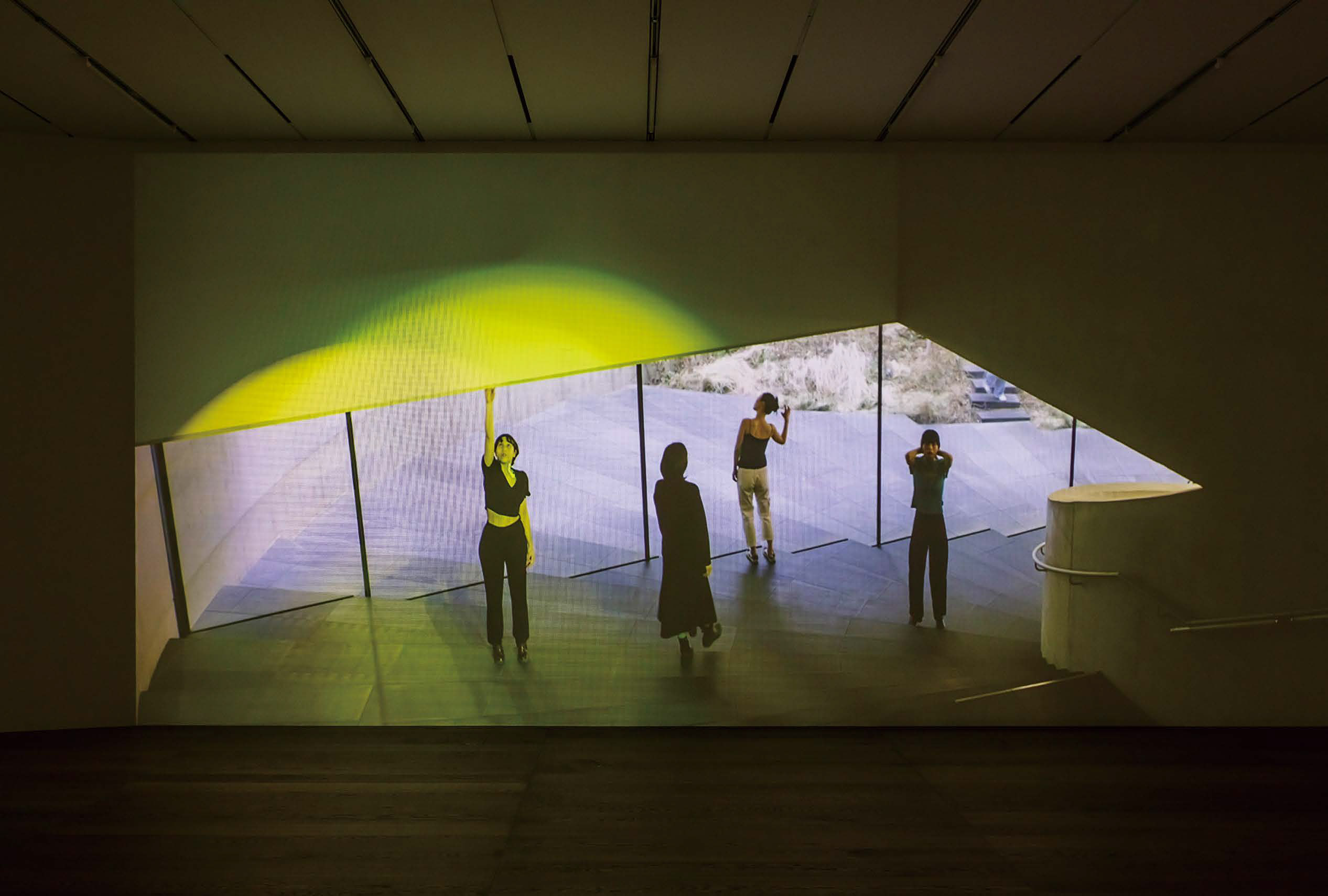
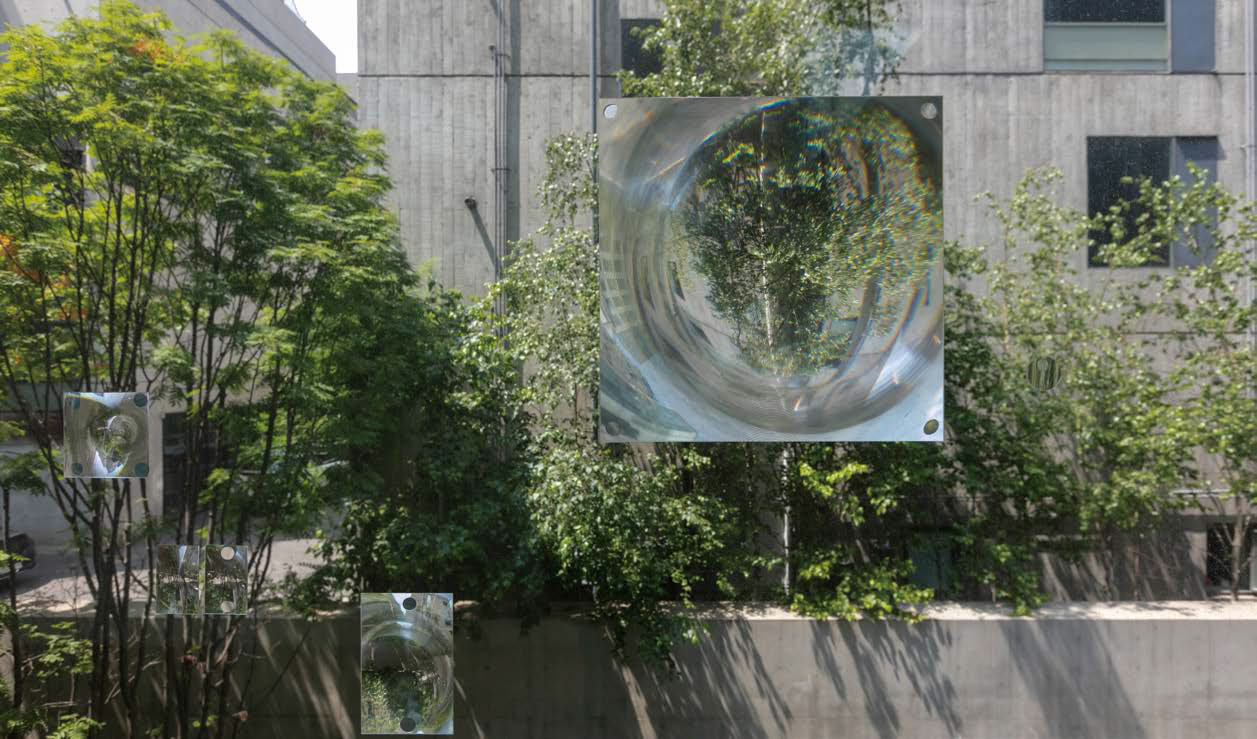
The artist for this exhibition chose Paldang Lake, a water source for the Seoul metropolitan area, as the location after conducting experiments at the lake over the course of a year. She installed sensors and cameras to measure temperature, humidity, and the water’s dissolved oxygen levels in the water. The artwork, titled Sensing Cinema, portrays a virtual audience (performed by duo Mu:p) that experiences nature through real-time data received from sensors at the lake. In this work, future humans attach receivers to body parts without nerve cells, such as nails, toenails, and hair, to receive data and experience the landscape of Paldang Lake. The exhibition includes four screens that capture the movements of performers and the landscape of Paldang Lake from different angles. Another piece, Impossible World uses moving and fixed cameras to capture seasonal changes in the landscape. The artist explores the potential of machine learning to analyze sensor data from the lake, aiming to create a way for humans and nature to connect through technology. This is a process to gradually materialize the (im)possible world through an AAC (Augmentative and Alternative Communication) device enhanced by artificial intelligence. This device, capable of receiving all future data, processes the sensor data from Paldang Lake into natural language and translates their language, allowing one to feel the moment when humans and nature connect.
The desire to observe both the smallest things invisible to the naked eye and the farthest reaches of the universe has persisted since ancient times. First Light and Shining Fragments of Memories explore the history of astrophotography and the relationship between light and frames. The term “first light” refers to the moment when a telescope first observed the night sky. The video installation First Light uses a transparent screen in the middle of a long corridor, and projects light through it to create the effect of an actual flash. In Shining Fragments of Memory, various lenses are installed on the windows along the long corridor on the second floor of the gallery, examining the relationship between the glass industry, the use of windows in architecture, and the frame. A calm voice narrates their history, bringing the emotions and atmosphere of the time closer, as if bearing witness to the era and individuals. The work encourages viewers to observe the actual landscape through VR lenses and flannel lenses in a distorted way, prompting us to reconsider our perception and perspective of the world.
Last year, NASA re-released the famous “Blue Marble” photograph of Earth. The breathtaking view of the blue oceans covering the planet, the ice-covered Antarctic continent, and the cyclone over the Indian Ocean instills a deep sense of awe in us. Experts refer to the shift in worldview experienced when observing Earth and humanity from space as the “Overview Effect.” However, as humanity has been exposed to images of space for decades, this sense of awe has gradually diminished. Ultimately, it suggests that we must go even further away from Earth. Kwon’s Planet Theater encourages us to look at “this world” through the various entities surrounding us and imagine “other worlds,” thereby preparing for the potential “next world” that is already emerging within “this world.”
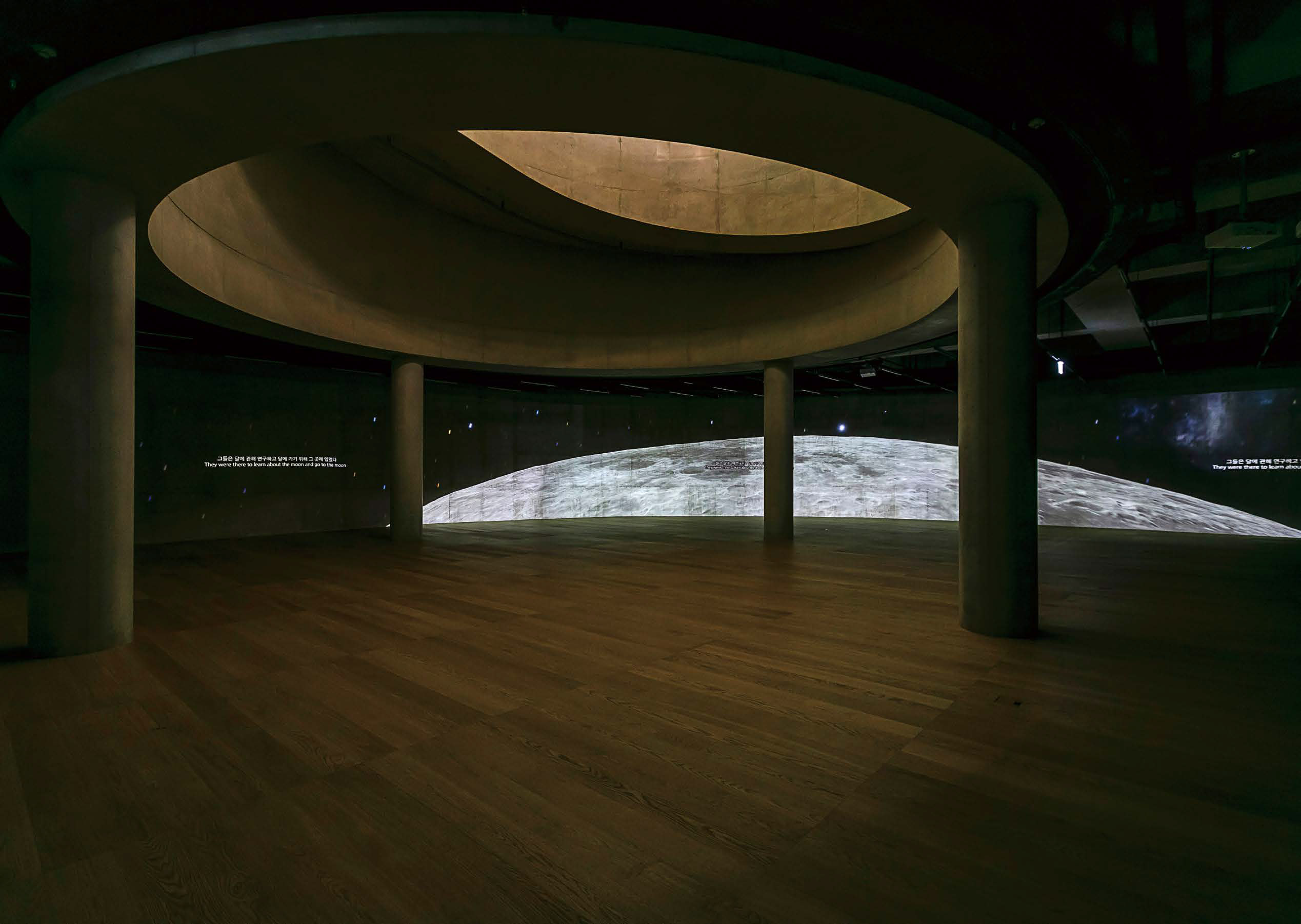
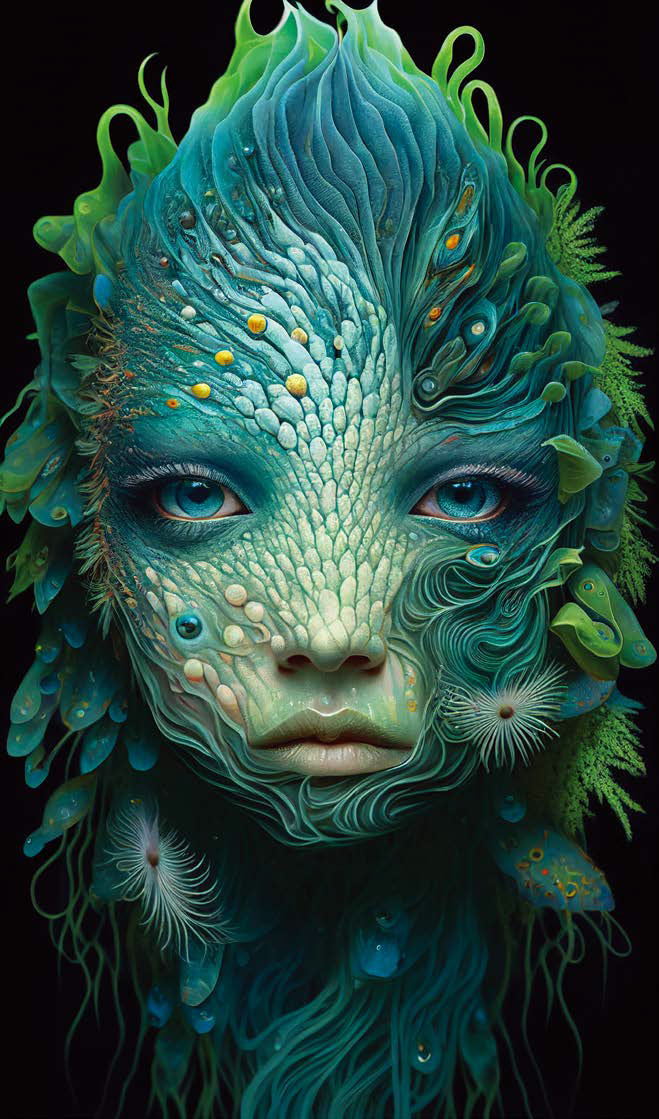
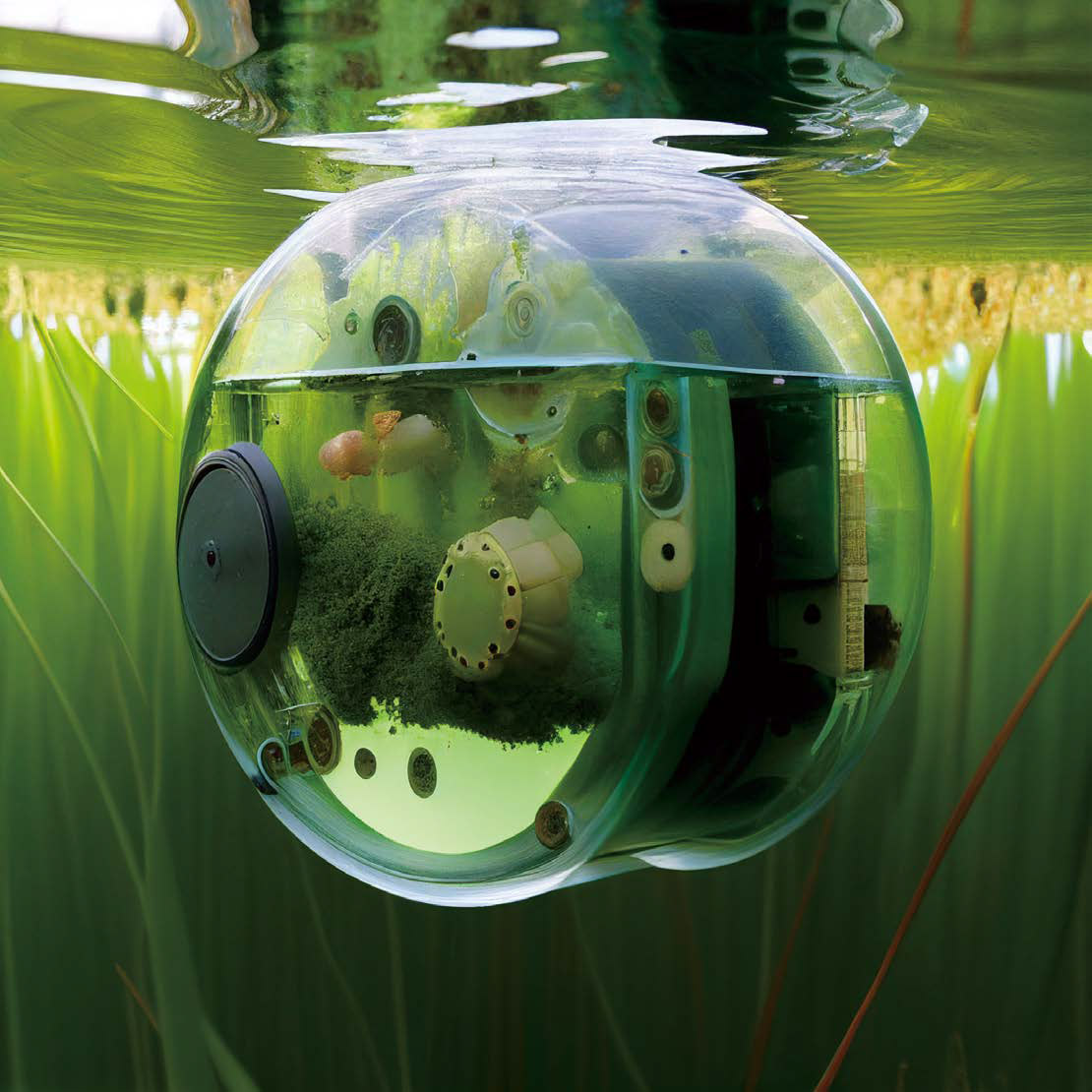
‘문화체육관광부와 (재)예술경영지원센터의 지원을 받아 번역되었습니다.
Korean-English Translation of this book(or text etc) is supported by Ministry of Culture, Sports and Tourism and Korea Arts Management Service’
© (주)월간미술, 무단전재 및 재배포 금지








